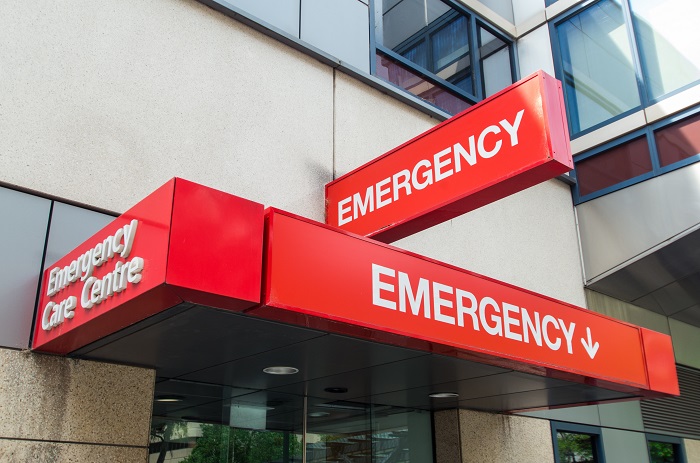 A key component of maintaining healthcare coverage is taking good care of yourself in the meantime. You want to use your health insurance to take care of serious issues and routine medical needs. A key component of maintaining healthcare coverage is taking good care of yourself in the meantime. You want to use your health insurance to take care of serious issues and routine medical needs.
Nonetheless, you shouldn't abuse the financial security blanked health insurance coverage provides by going to the ER for care that is actually routine. Unnecessary ER visits can increase both your costs, and those of your insurance provider.
Often, the cost of emergency medical services is higher than the cost of routine care. Health insurance may not cover costs for emergency room visits or ambulance transports.
You may think that the ways to avoid emergency visits are pretty simple. Don't get sick, be responsible, and take care of yourself. Those things go a long way towards avoiding emergency medical care.
However, there are other safety procedures that can help you avoid emergency care. Keep these tips in mind to work on reducing your need for routine visits to the emergency room:
1. Get a Primary Care Physician
Many people use emergency rooms as their primary location of medical care. This is not the purpose of emergency departments. Routine medical care is best handled by a primary care physician. A general physician will also likely accept your health insurance.
Your doctor can keep an eye on developing conditions and initiate preventative treatments. That way, you reduce your risk of sudden medical emergencies.
2. Have Coordinated Care
If you have multiple doctors, make sure they work together. All of your doctors should have a say in coordinating treatment plans. Make sure that each doctor knows about diagnoses you've gotten from other doctors.
By keeping all your doctors informed, you can avoid the risk of mix-ups or mistakes that could send you to the ER.
3. Know Which Conditions Require ER Care
Not every medical condition is a reason to go to the emergency room. If you don't consider a condition imminently life-threatening or severe, it is probably best not to go to the ER.
The common cold or seasonal flu likely doesn't need emergency attention. These conditions may be best handled by a general practitioner. However, severe or worsening pneumonia may require hospitalization or emergency intervention.
4. Don't Risk It
That said, plenty of conditions require emergency medical care. Never run the risk of avoiding the ER if you think you need it. Common conditions that need emergency services include:
- Chest pains
- Poisonings
- Trouble breathing
- Severe bleeding or bone fractures
- Injuries to internal organs
- Suicidal or homicidal feelings
- Worsening symptoms of diagnosed medical conditions
It is always best to get help when you have a life threatening emergency. However, if your care is routine, it is probably best to avoid the emergency room. Doing so will likely help you get the care you need, while keeping your insurance costs low.
Questions about coverage? We've got answers. Call All About Insurance at (817) 589-0006 for a free Fort Worth TX health insurance quote.
Posted Friday, February 10 2017 1:00 PM
Tags : health insurance, healthcare, emergency room, primary care, coverage, insurance, All About Insurance
|